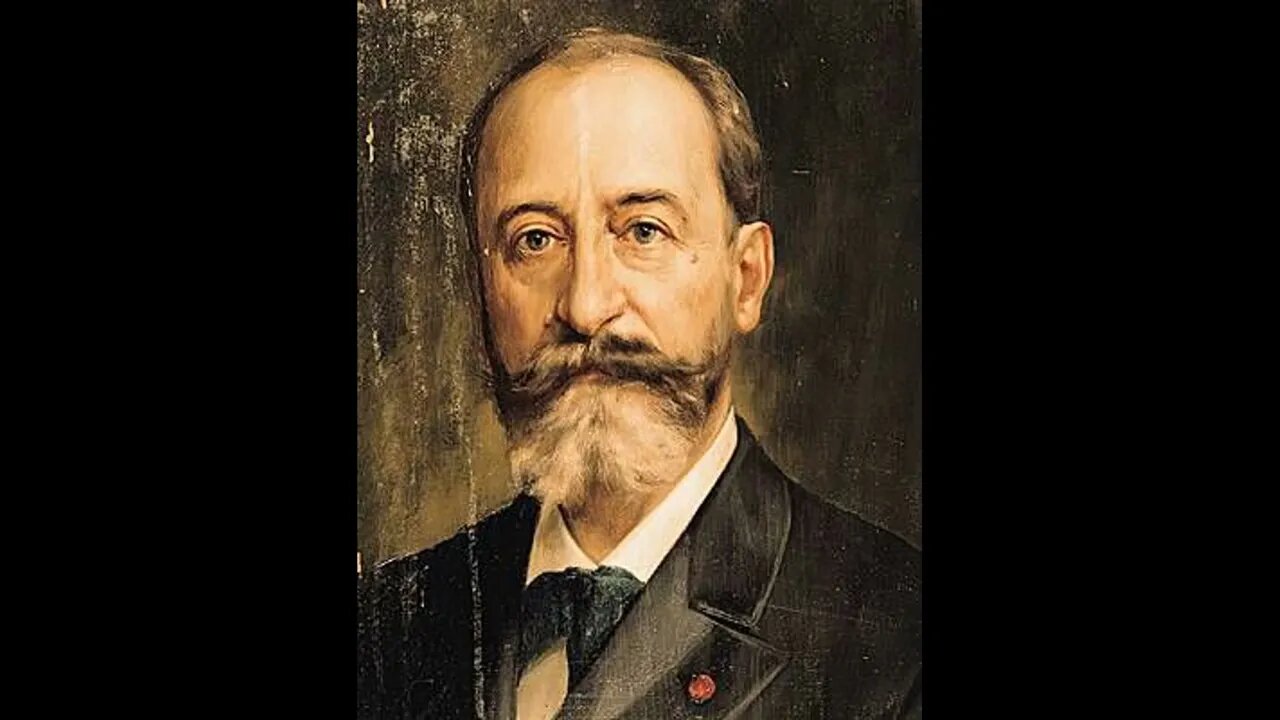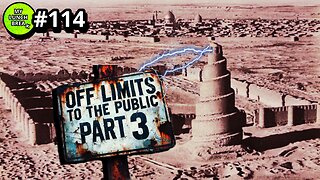Premium Only Content

Camille Saint-Saëns - The Carnival of the Animals - XI Pianists
Camille Saint-Saëns - The Carnival of the Animals - XI Pianists
Performed by Seattle Youth Symphony
🔔 🔔 🔔
If you appreciate my work, please push 👍 and subscribe to my YouTube channel in one click https://tinyurl.com/msfrb6wn 😉
Charles-Camille Saint-Saëns (9 October 1835 – 16 December 1921) was a French composer, organist, conductor and pianist of the Romantic era. His best-known works include Introduction and Rondo Capriccioso (1863), the Second Piano Concerto (1868), the First Cello Concerto (1872), Danse macabre (1874), the opera Samson and Delilah (1877), the Third Violin Concerto (1880), the Third ("Organ") Symphony (1886) and The Carnival of the Animals (1886).
Saint-Saëns was a musical prodigy; he made his concert debut at the age of ten. After studying at the Paris Conservatoire he followed a conventional career as a church organist, first at Saint-Merri, Paris and, from 1858, La Madeleine, the official church of the French Empire. After leaving the post twenty years later, he was a successful freelance pianist and composer, in demand in Europe and the Americas.
As a young man, Saint-Saëns was enthusiastic for the most modern music of the day, particularly that of Schumann, Liszt and Wagner, although his own compositions were generally within a conventional classical tradition. He was a scholar of musical history, and remained committed to the structures worked out by earlier French composers. This brought him into conflict in his later years with composers of the impressionist and dodecaphonic schools of music; although there were neoclassical elements in his music, foreshadowing works by Stravinsky and Les Six, he was often regarded as a reactionary in the decades around the time of his death.
Saint-Saëns held only one teaching post, at the École de Musique Classique et Religieuse in Paris, and remained there for less than five years. It was nevertheless important in the development of French music: his students included Gabriel Fauré, among whose own later pupils was Maurice Ravel. Both of them were strongly influenced by Saint-Saëns, whom they revered as a genius.
(Source: Wikipedia)
-
 21:46
21:46
The Best of Classical Music
2 years agoMaurice Ravel - Piano Concerto for the Left Hand
434 -
 14:55
14:55
Exploring With Nug
10 hours ago $8.88 earnedWe Found Semi Truck Containers While Searching for Missing Man!
44K7 -
 27:57
27:57
MYLUNCHBREAK CHANNEL PAGE
18 hours agoOff Limits to the Public - Pt 3
86.6K59 -
 38:07
38:07
Michael Franzese
10 hours agoLeaving Organized Crime and Uncovering Mob in Politics: Tudor Dixon and Michael Franzese
78.6K15 -
 2:42:54
2:42:54
Jewels Jones Live ®
2 days agoAMERICA IS BACK | A Political Rendezvous - Ep. 111
64.3K46 -
 8:47:33
8:47:33
Due Dissidence
1 day agoLIVE: Workers Strike Back Conference ft. Chris Hedges, Jill Stein, Kshama Sawant, and More!
106K56 -
 8:36:37
8:36:37
Right Side Broadcasting Network
5 days agoLIVE REPLAY: CPAC 2025 Day Three with President Donald J. Trump - 2/22/25
442K99 -
 1:05:34
1:05:34
The Big Mig™
18 hours agoConfirmed Kash Patel New FBI Director, Bring On The Pain |EP483
105K30 -
 53:59
53:59
Tactical Advisor
14 hours agoThe Vault Room Podcast 009 | Everyone Getting $5000?!
82.7K12 -
 2:04:44
2:04:44
TheAlecLaceShow
1 day agoLive at CPAC | Interviews with Dean Cain, Rep. Comer and more! | The Alec Lace Show
88.7K10